In the context of the rapidly growing culinary and food service industry, investing in industrial kitchen equipment for a canteen […]
Read more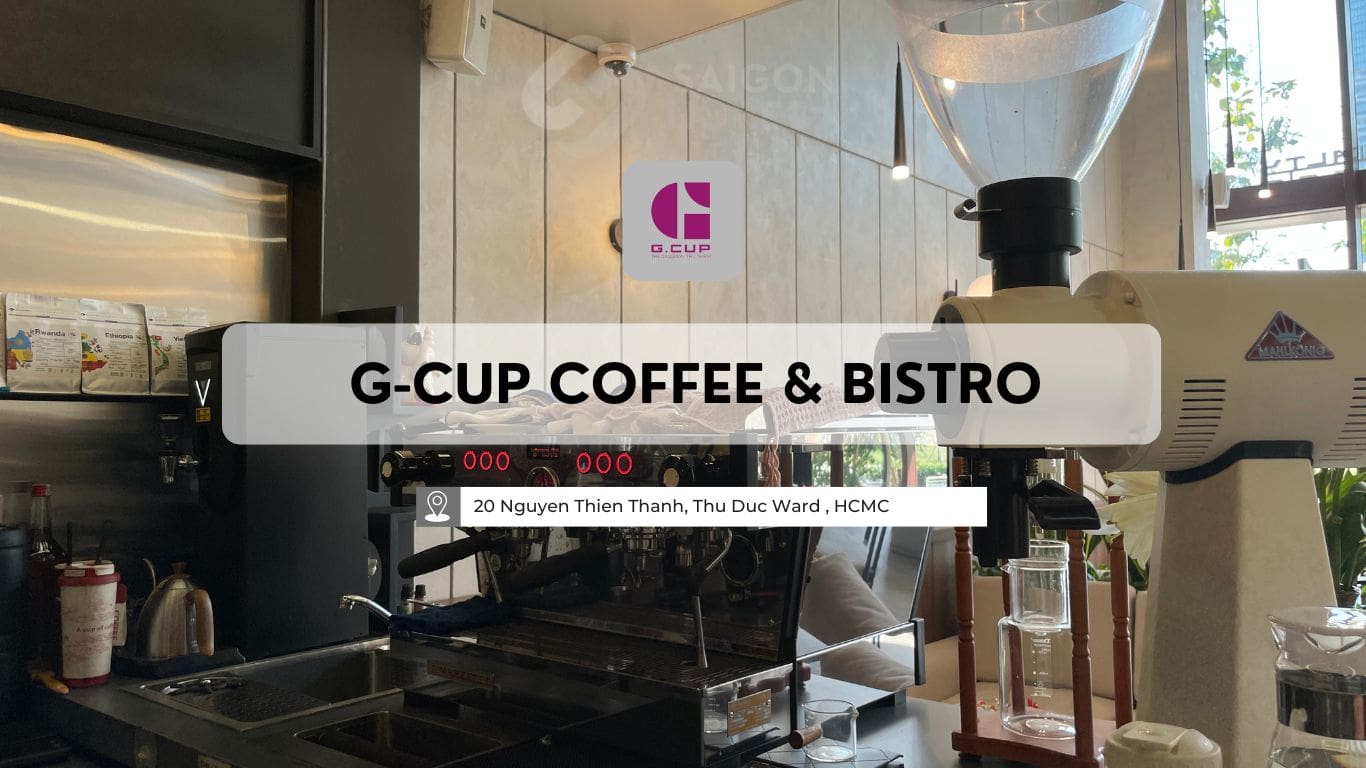

Combi ovens are becoming indispensable in restaurants, hotels, and industrial kitchens due to their ability to combine baking, steaming, and a variety of cooking modes.
These versatile appliances optimize cooking time, energy use, and food quality, providing a comprehensive solution for modern food preparation. This article will explore everything about combi ovens, from their operating principles to the advantages they offer over traditional ovens.
Combi ovens, also known as multifunction ovens, are modern culinary devices that integrate three primary cooking methods: dry heat baking, steaming, and a combination of both dry heat and steam.
One of the standout features of combi ovens is their precise control over temperature and humidity, allowing chefs to prepare a wide variety of complex dishes while preserving freshness and natural flavors.
Combi ovens not only optimize cooking processes in restaurants and hotels but also offer energy-saving solutions that reduce operational costs. With their ability to perform multiple functions within a single appliance, they have become the most popular industrial ovens in professional kitchens worldwide.

Combi ovens are versatile appliances that function based on three primary modes: steam, dry heat, and a combination of both elements.
Dry Heat Mode:
In this mode, the combi oven operates like a traditional oven, using dry heat to cook food. The temperature can be adjusted from 30°C to over 300°C, making it suitable for roasting meat, baking bread, or preparing foods that require crispiness. A convection fan inside the oven ensures even heat distribution throughout the cooking chamber, allowing food to cook uniformly from the inside out.
Steam Mode:
This mode employs steam to cook food. Water inside the oven is heated to boiling point (100°C) and then pumped into the cooking chamber as steam. This method is ideal for steaming dishes, as it preserves the moisture and natural flavors of the ingredients. Additionally, steaming helps retain vitamins and minerals in vegetables and meats, ensuring nutritional value.
Combination Cooking Mode:
This is the most distinguished feature of combi ovens, blending both dry heat and steam. The advantage of this combination is that it allows food to maintain internal moisture from the steam while achieving a crispy, golden exterior due to the dry heat. This mode is perfect for dishes such as roasted chicken, fish, or baked goods that need to stay tender without drying out.
Furthermore, combi ovens are equipped with advanced temperature and humidity sensors, enabling users to precisely control the cooking process. This capability helps optimize the quality of dishes and minimizes reliance on the chef’s personal experience.
When compared to traditional ovens, combi ovens offer numerous superior advantages:
| Criteria | Combi Oven | Traditional Oven |
|---|---|---|
| Cooking Method | Dry heat, steam, and a combination of both | Uses only dry heat |
| Control Capability | Precise control of temperature and humidity | Basic temperature control |
| Cooking Time | Faster due to the combination of steam and heat | Longer cooking times |
| Food Quality | Retains moisture, cooks evenly, preserves nutrition | Food tends to dry out, difficult to retain moisture |
| Features | Automatic, recipe storage, multiple smart modes | Fewer features, manual operation |
| Applications | Restaurants, hotels, industrial kitchens | Home or small kitchens with low capacity |
| Energy Efficiency | Energy-saving, optimized cooking processes | More energy-consuming |
With their outstanding advantages in flexibility, time efficiency, and food quality, combi ovens have proven to be essential equipment in restaurants, hotels, and industrial kitchens.
Compared to traditional ovens, combi ovens are not merely cooking devices; they represent an optimal solution for modern food preparation processes, enhancing customer experience and business efficiency.
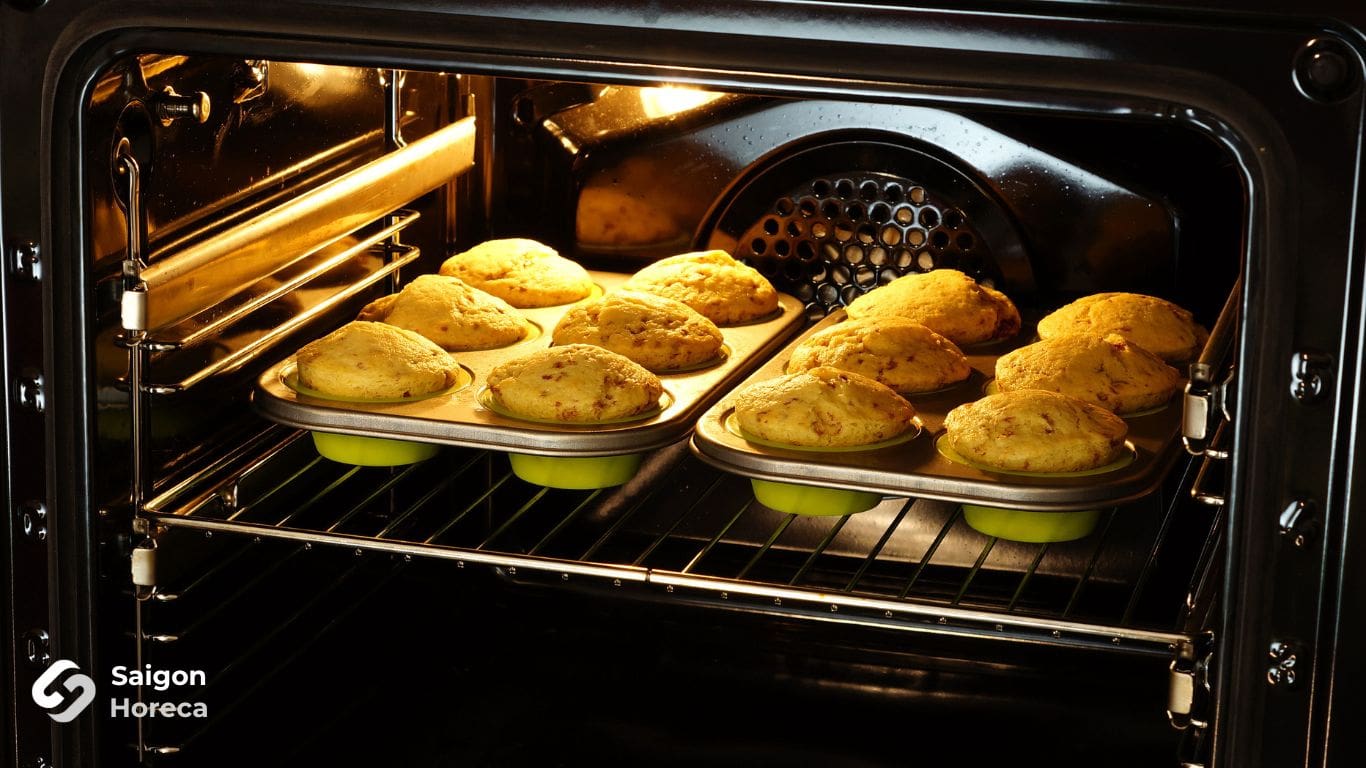
Combi ovens stand out for their ability to bake, steam, and combine both modes, catering to a wide range of culinary needs. This flexibility allows the equipment to handle various dishes, from baked goods and roasted meats to steamed vegetables and seafood.
Chefs can utilize dry heat to cook food from the outside or use steam to maintain moisture and preserve nutrients in delicate dishes. Notably, the combination mode achieves an ideal balance between a crispy exterior and a tender, moist interior, resulting in dishes with exceptional flavor and texture.
Combi ovens offer significant time-saving benefits due to their precise temperature and steam control systems. When utilizing steam mode, food cooks faster since heat transfers through steam more efficiently than through dry air.
The powerful convection fan within the oven evenly distributes heat throughout the cooking chamber, reducing cooking time without the need to rotate or flip food. By shortening cooking durations, combi ovens also consume less energy compared to traditional ovens, leading to long-term operational cost savings.
One of the greatest advantages of combi ovens is their ability to retain moisture and the natural flavors of food. With the steam mode, food is cooked at lower temperatures without losing moisture, preserving vitamins and minerals—especially crucial for vegetables, seafood, and other steamed dishes.
This not only guarantees nutritional value but also enhances the dining experience, as food remains fresh and tender. The combination of heat and steam creates an ideal balance between a crispy outer texture and a juicy, succulent interior, ensuring dishes surpass the quality achieved through traditional cooking methods.
Combi ovens are categorized based on size and capacity to meet the needs of kitchens ranging from small establishments to industrial scale operations.







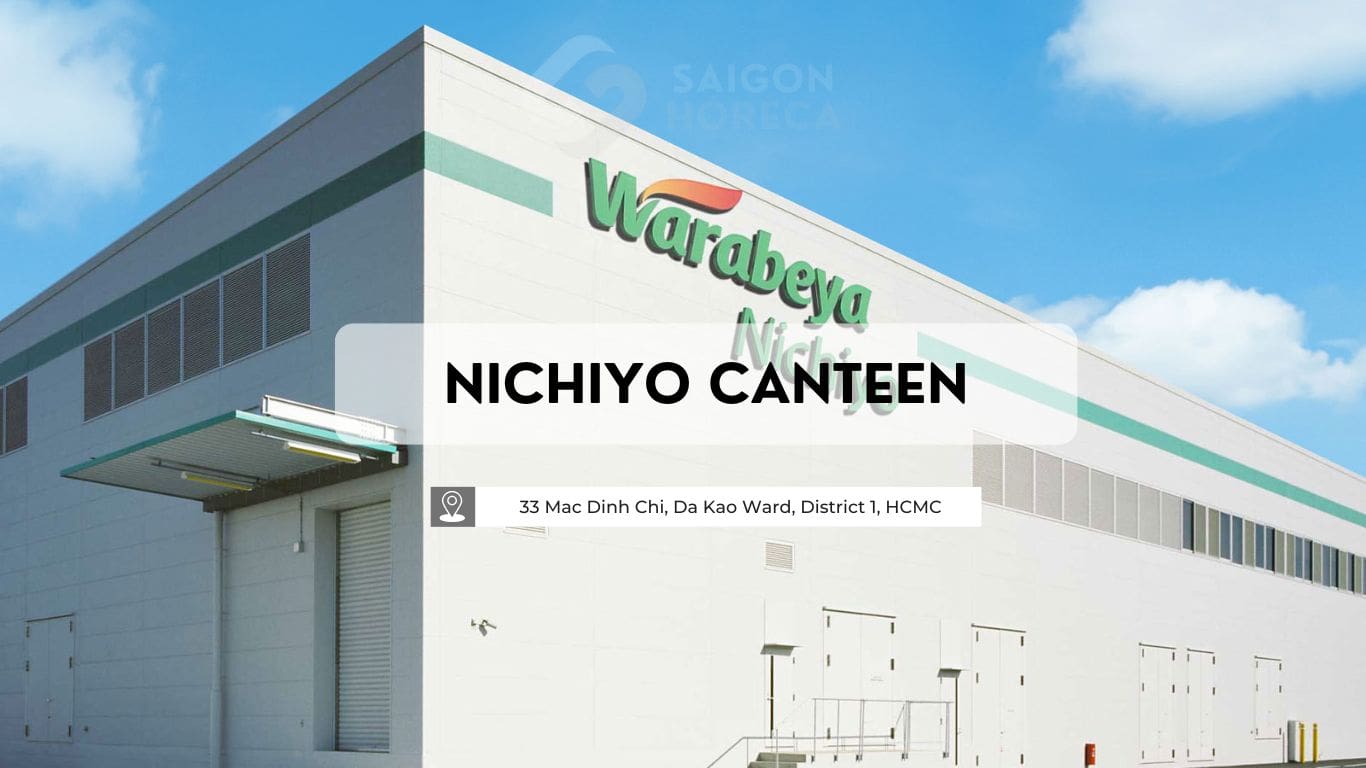

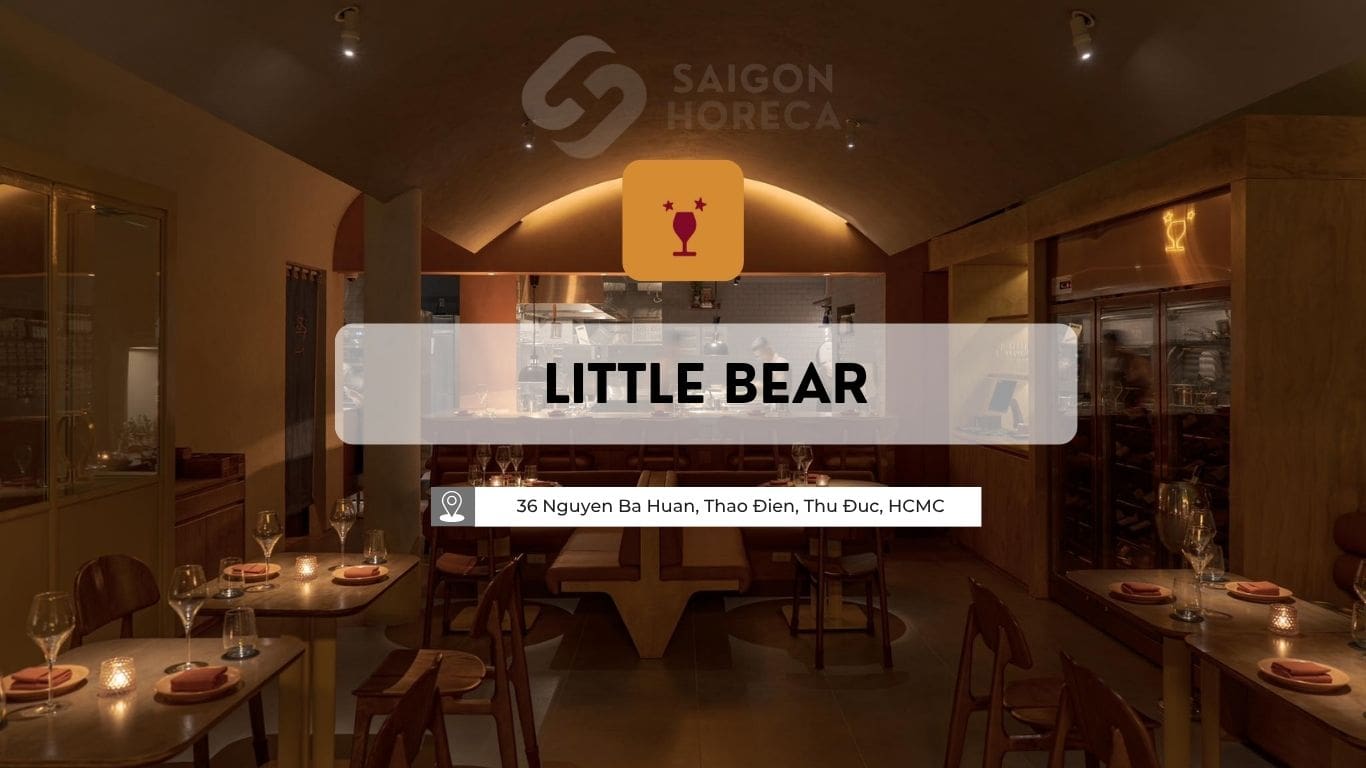

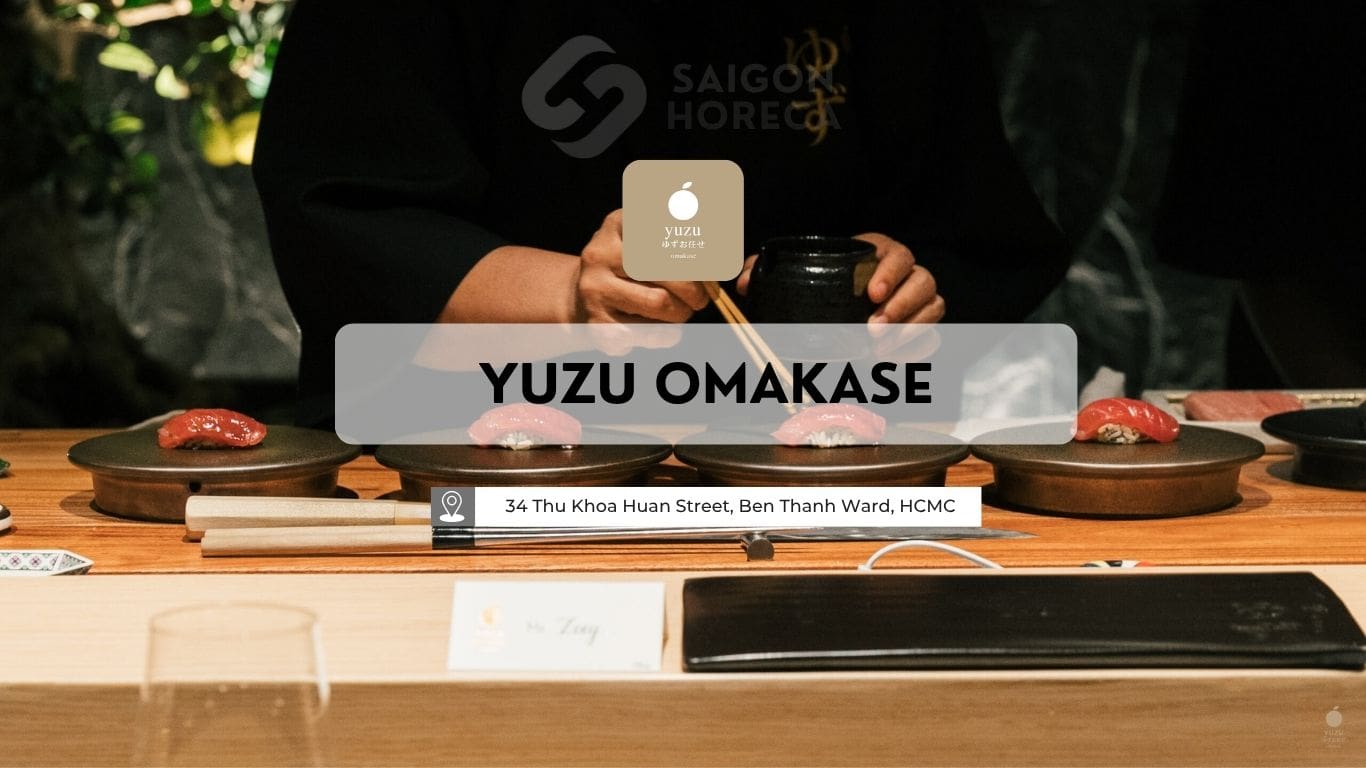

Monday - Friday
from 8h00 to 18h00
40 Street No. 6, Melosa Garden, Phu Huu District, HCMC
Contact anytime
In the context of the rapidly growing culinary and food service industry, investing in industrial kitchen equipment for a canteen […]
Read moreLooking to elevate your grilled dishes with a Salamander Grill? With its ability to grill quickly and evenly while giving […]
Read more